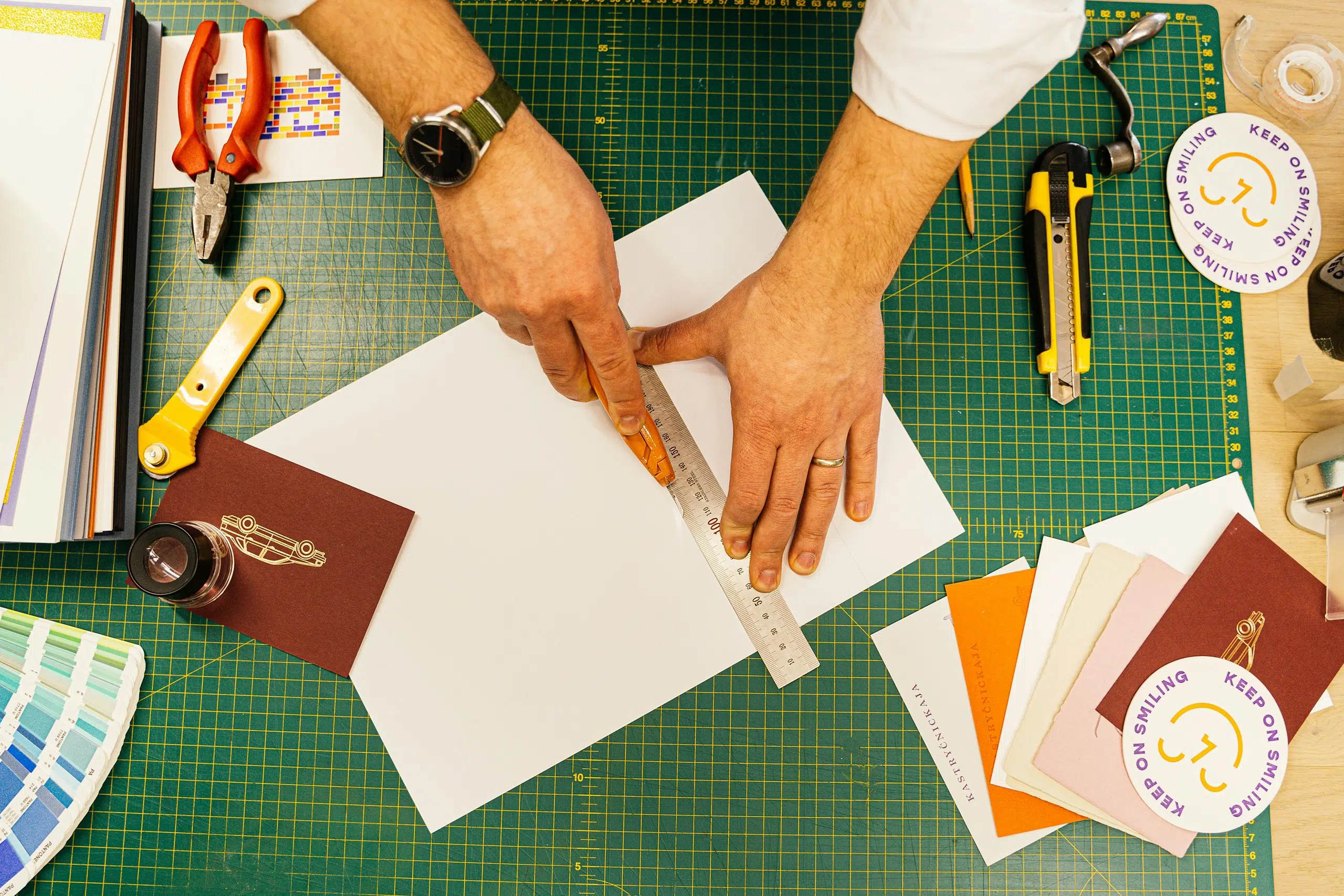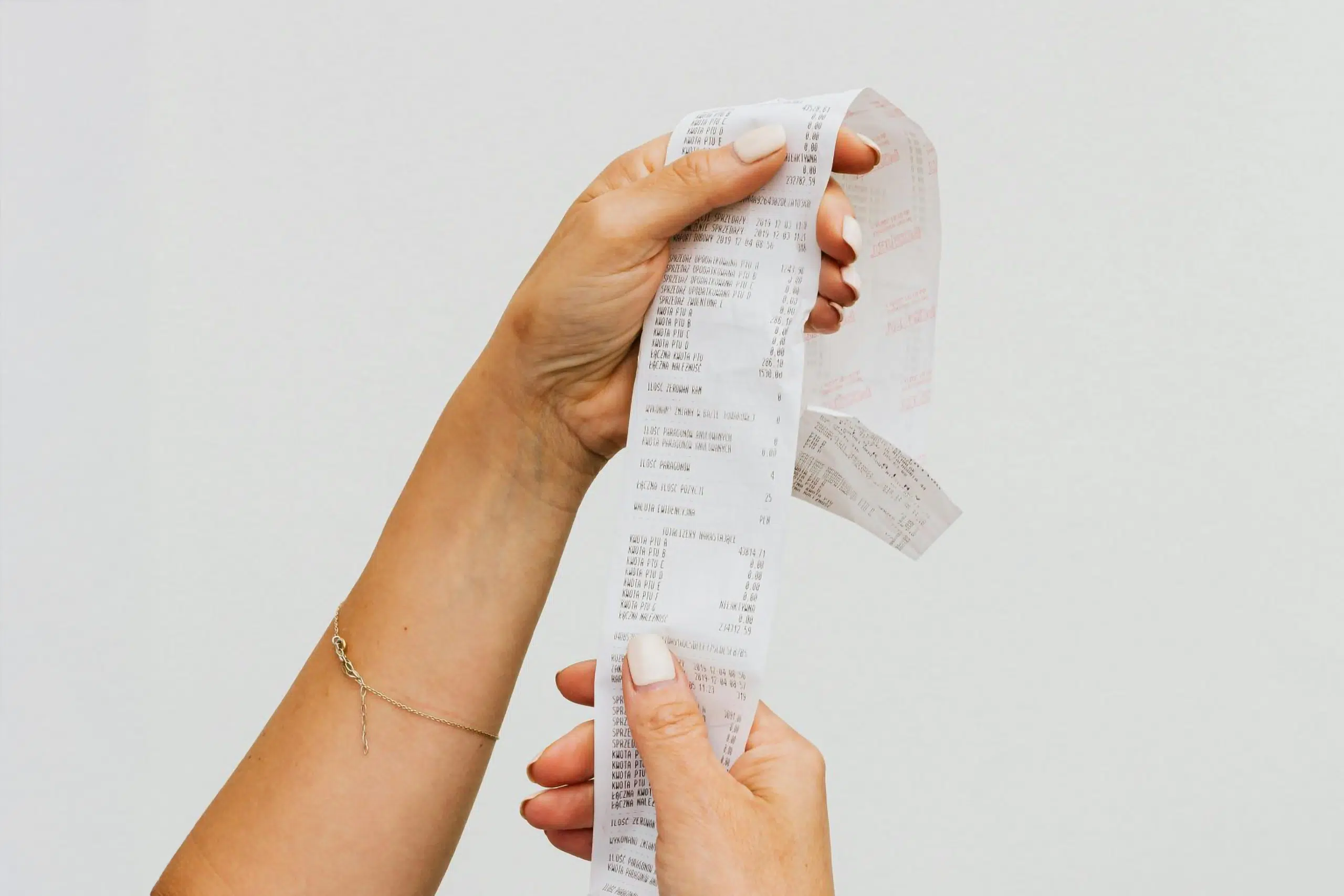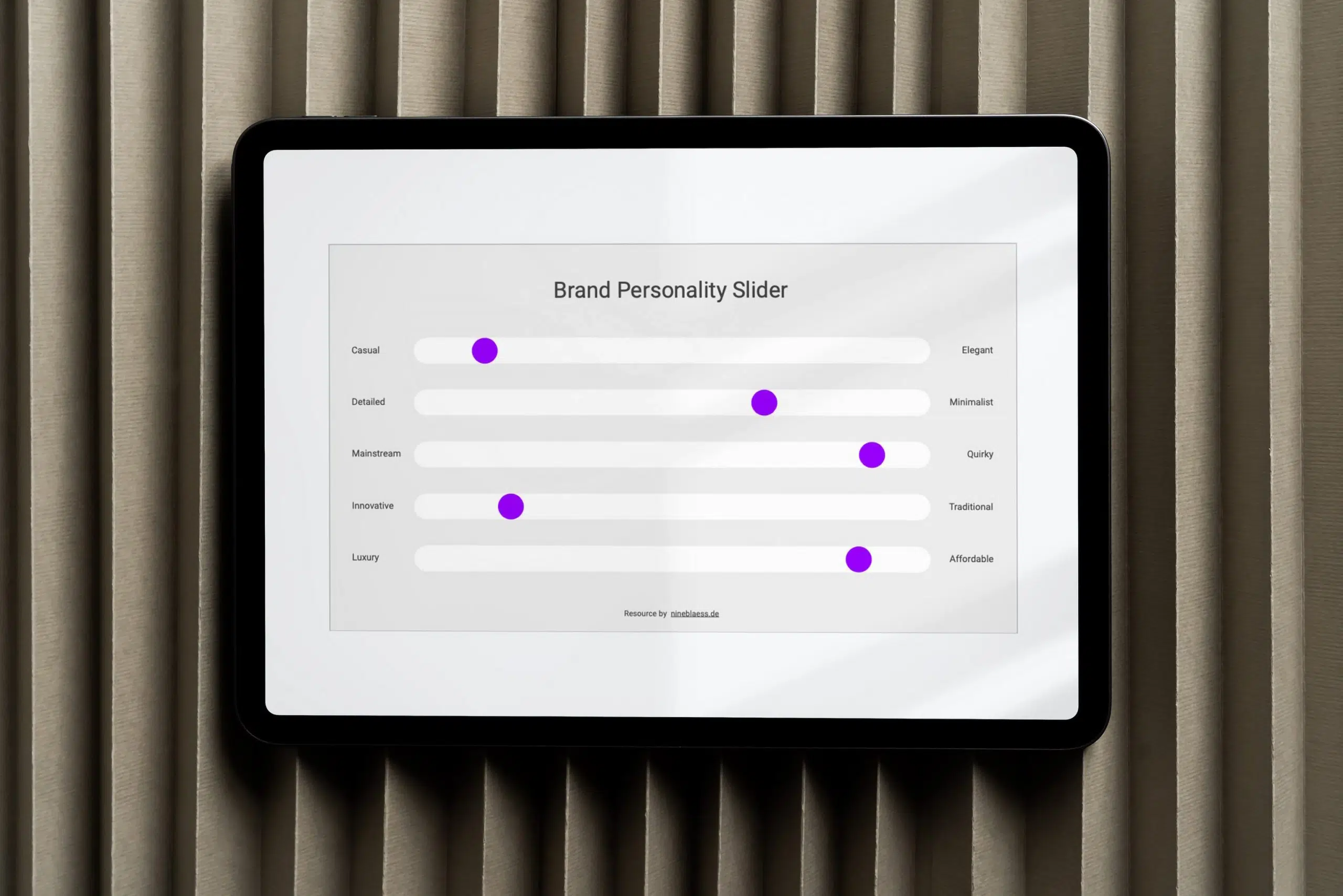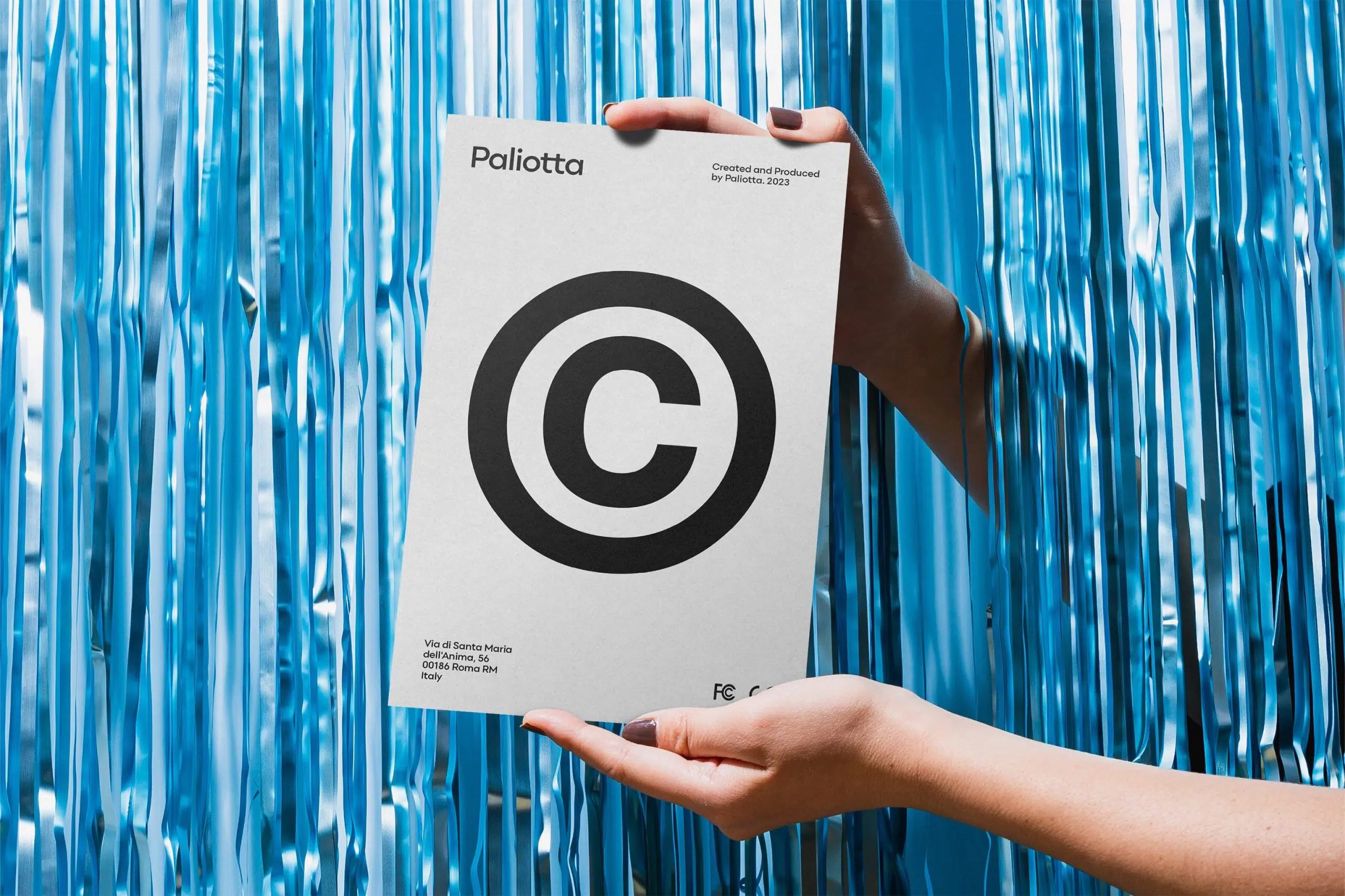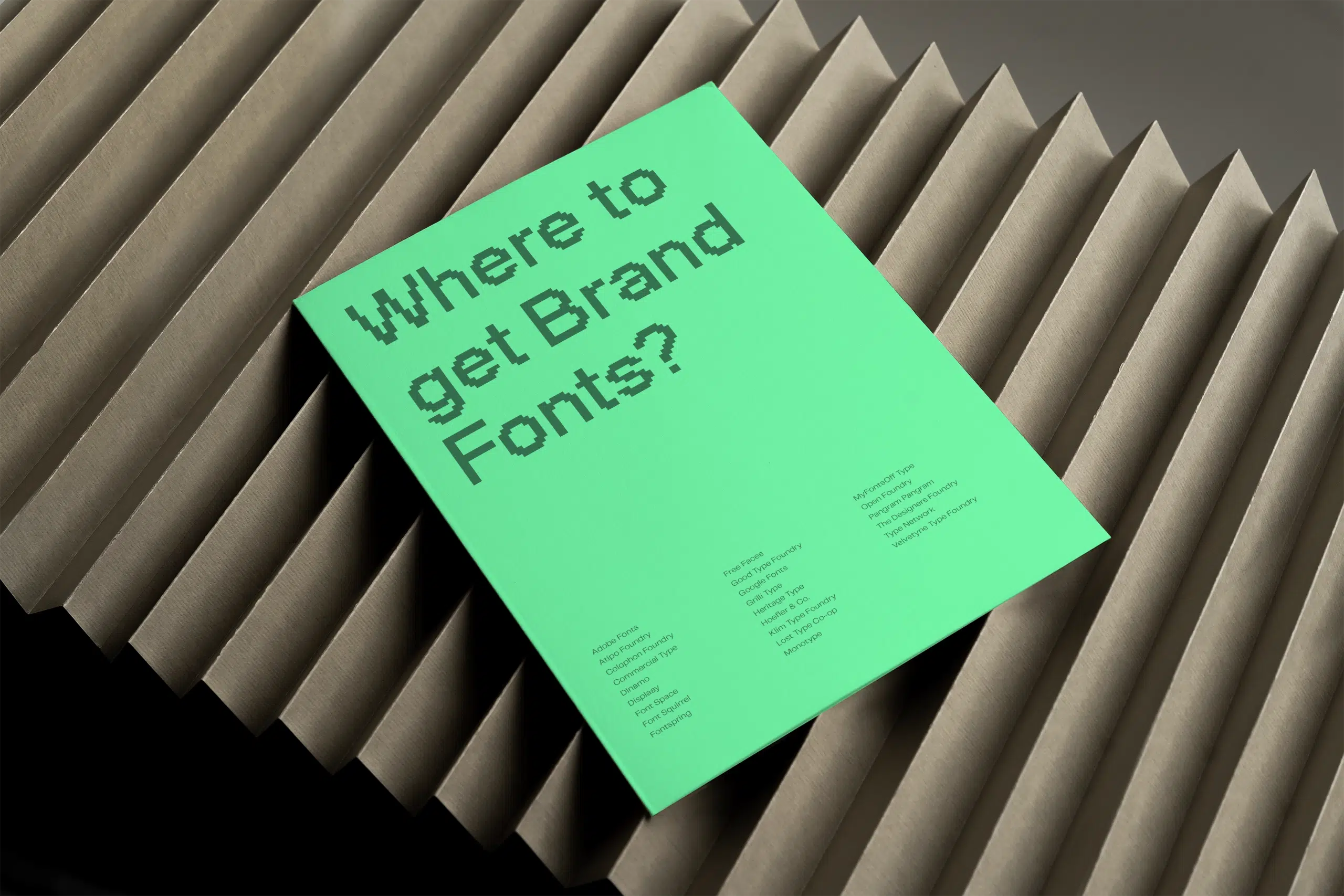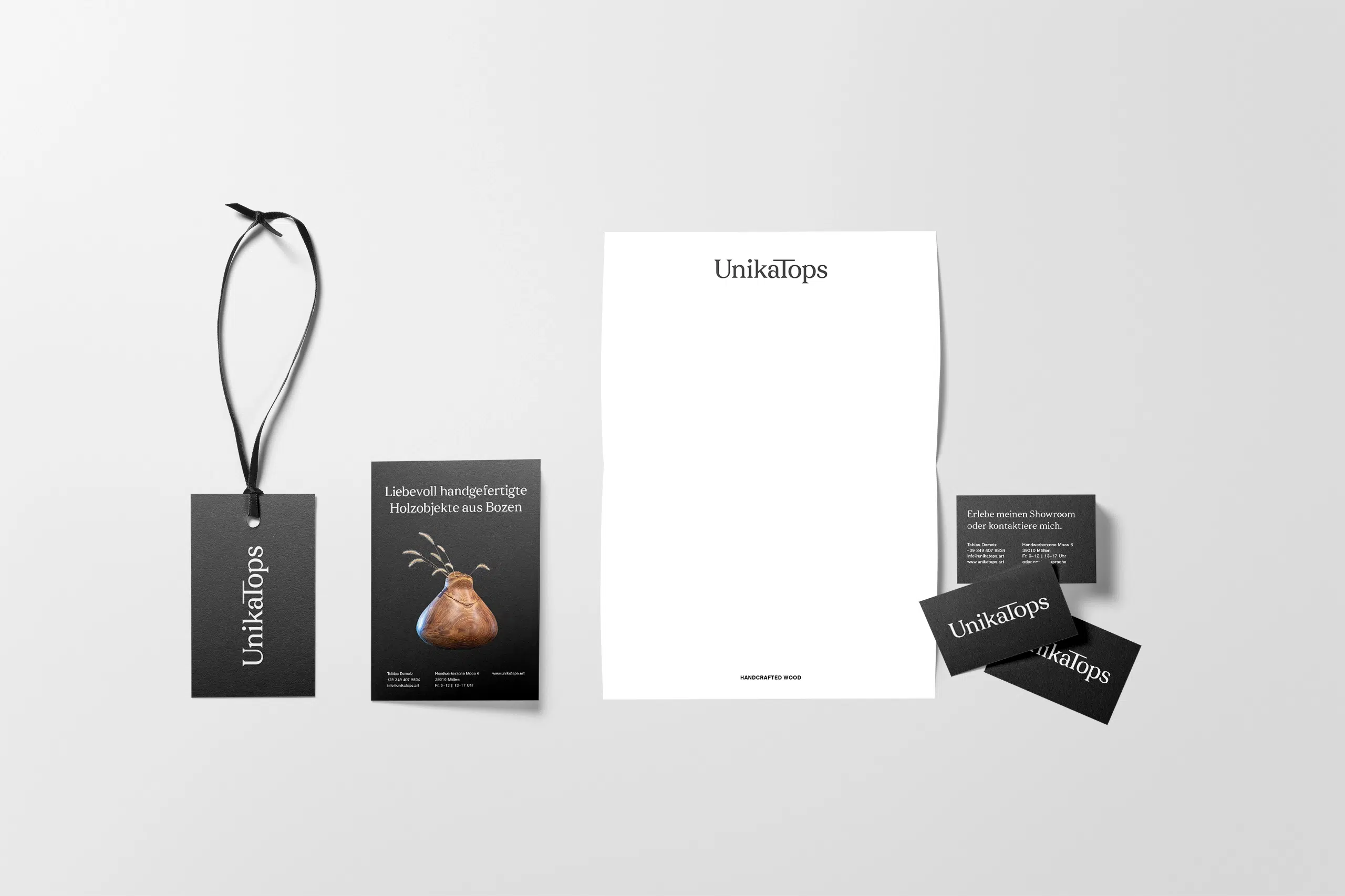Let’s take a closer look at how to use the halo effect in branding and marketing. But first, let’s understand what the Halo Effect actually is.
What is the Halo Effect?
The Halo Effect is a cognitive bias that significantly influences our reasoning and decision-making processes.
Our brain naturally strives for simplicity and efficiency to make quick and effortless judgments.
Let’s say there are two products: one with attractive packaging, the other with poorly designed packaging.
The Halo Effect likely causes us to perceive the well-packaged product as more valuable, even if the other one might be superior.
This is because the positive perception of the packaging shapes our overall judgment of the whole product, impacting how we gauge its overall quality.
The research behind the Halo Effect
The Halo Effect has been widely researched since psychologist Edward Thorndike first introduced the concept in 1920 in A Constant Error in Psychological Ratings. Over the years, studies have shown just how deeply this bias influences our thinking—across industries, contexts, and even legal systems.
Here are some standout examples:
- Education: In 1968, Rosenthal and Jacobson found that teachers’ expectations of students were influenced more by their appearance than their academic performance.
- Justice System: In 1974, Efran discovered that attractive offenders were more likely to receive lenient sentences, showing the Halo Effect at work even in courtrooms.
- Legal Bias: A 2016 study by Wilson and Rule revealed that defendants who appeared more trustworthy were less likely to receive the death penalty.
- Hospitality and Pricing: In 2019, Jaeger et al. found that attractive Airbnb hosts could charge higher rates—purely based on their looks.
- Social Judgement: Other studies by Dion, Berscheid, and Walster (1972), Clifford and Walster (1973), and Willis and Todorov (2006) confirmed that we judge people’s personalities, competence, and even leadership abilities mostly based on looks alone.
Together, these studies make one thing clear: appearances don’t just matter but they shape our decisions in ways we rarely notice.
What is the Horn Effect?
By the way, the opposite is also true.
Poor design, for example, can give the impression that a product is of lower quality, even if unwarranted. In this case, we speak of the Horn Effect.
Another example of the Horn Effect in branding is when a company with a poorly designed logo is perceived as inexperienced or of lower quality.
No matter the quality of their offer, the logo casts a shadow on the overall brand image that will be hard to overcome.
To keep things straightforward, let’s focus only on the Halo Effect in this article.
How to use the Halo Effect in branding and marketing
1. Focus on your key strength
Branding thrives on a clear focus that sets your brand apart.
Concentrating on a unique strength and consistently communicating it prevents you from spreading yourself too thin and diluting your message.
Trust in the Halo Effect, where people naturally fill in the gaps.
What makes your brand stand out? What makes it unique?
Being known for something makes you the first brand people think of in your category—aka brand positioning.
For example, when I think of comfy, eco-friendly shoes, Allbirds immediately comes to mind. They’ve solidified this connection by consistently emphasising sustainability and comfort in their products and brand storytelling.
And, as noted by Ana Andejelic, being top of mind is almost a win:
A company that is part of the initial consideration set is two times more likely to be purchased than a company that is considered later in the decision journey.
2. Invest in high-quality design
Brand design is more than just placing your logo on products. It encompasses your brand’s logo, typography, colours, photography, website, and more.
Research confirms what designers have long understood: people associate attractive packaging with high-quality products.
What’s more, packaging design also influences our price perception. Not surprisingly, people expect a product with elaborately designed packaging (image details, ornate typography, etc.) to cost more.
If you’re curious about how pricing shapes brand perception, check out my article on the topic.
The design also provides clues about a company, its industry, and its products.
For example, a simple design suggests ease of use, like Apple’s approach, while colourful designs can appear friendly, accessible and fun, like the Karma Drinks packaging.
So, investing in design goes beyond aesthetics. Good design builds trust and sets positive expectations for your brand.
3. Get your brand message straight to the point
But simply having a focus isn’t enough to grab attention. A straightforward messaging hierarchy and consistent brand voice are the keys to a solid first impression.
And, as you’re undoubtedly aware by now, the Halo Effect will do the rest.
4. Focus on one product or service
The Halo Effect also occurs when you channel all your marketing efforts into promoting a single product or service.
For example, Apple benefited from the success of the iPod, which positively impacted people’s opinions of its other products.
Dyson is another example. Known for their excellent vacuum cleaners, customers naturally assume that their hair dryers and other products must be of the same quality.
As Apple, Dyson, Everlane, Prose, and many others have proven, strategic focus in your marketing efforts can pave the way for success.
Introducing additional related products becomes easier once a positive brand perception is established.
5. Boost your customer experience
Every interaction a person has with your brand, big or small, adds to the customer experience. From a well-designed website to the return policy, each brand touchpoint shapes the perception of your brand.
For instance, when a customer has a positive experience interacting with your service representatives, it forms a favourable impression of your brand overall.
Hence, prioritise delivering memorable experiences at every touchpoint.
Respond promptly to your customers’ needs and go the extra mile. Your brand’s overall perception hinges on these small experiences.
6. Connect on an emotional level
Create a special bond with your audience by tapping into their emotions.
Use brand storytelling and relatable experiences to evoke positive feelings and build deeper connections.
These emotional bonds can significantly impact how customers view your brand, leveraging the Halo Effect to enhance your brand image.
Take Dove’s “Real Beauty” campaign, for example.
By challenging conventional beauty standards and championing body positivity, Dove created an emotional connection with its audience.
Through compelling stories about diverse beauty, they fostered brand loyalty and nurtured a positive brand image.
7. Use social proof and testimonials
Positive feedback from satisfied customers can also generate a Halo Effect and influence people’s perceptions of your brand.
This offers reassurance and boosts their confidence in choosing your products or services over others.
Take Uber, for example. The brand prominently displays real-time driver ratings and reviews, offering social proof that assures potential riders of the service’s quality and safety.
8. Display certificates
Similar to social proof, obtaining reputable certifications, such as the B Corp certification, can further strengthen your brand’s credibility.
Certifications showcase your commitment and contribute to strengthening the positive perception of your brand.
9. Leverage celebrity endorsements
Collaborating with trusted and renowned figures, such as celebrities or influencers who share your brand values and have a good reputation, can also boost brand awareness and harness the Halo Effect.
Aligning your brand with influential personalities allows you to leverage their authority to expand your reach.
Consider Nike’s strategic partnerships with iconic athletes such as Serena Williams and Colin Kaepernick.
These collaborations not only enhance Nike’s brand image but also attract a broader audience inspired by the achievements and qualities of these celebrated athletes.
But be cautious: any negative publicity surrounding these individuals can also fall back on your brand.
10. Make use of community engagement
To strengthen your brand and foster a sense of community, engage with your audience. Encourage user-generated content, respond to feedback, and participate in relevant discussions.
Actively engage with your audience. Encourage user-generated content, respond to feedback, and participate in relevant discussions.
By cultivating a vibrant community, you generate a Halo Effect, where positive associations with your brand propagate through word of mouth and social proof.
Patagonia is a prime example. The brand has built a passionate community by encouraging its customers to share their experiences and environmental initiatives, effectively reinforcing its message.
11. Use the Halo Effect ethically
But beware, the Halo Effect can have downsides, too.
If your brand falls short of the expectations people have built up, they may feel let down. That’s why it’s crucial to be authentic and ethical in your approach.
Steer clear of misleading packaging, greenwashing or exaggerations. Instead, prioritise transparency. Be open about your practices to build trust.
For instance, I’m always disappointed when brands that claim to be sustainable use single-use packaging or promote meat and dairy. It makes them appear untrustworthy.
So, ensure your branding and marketing are respectful and avoid manipulative tactics.
12. Prioritise long-term brand-building
Instead of pursuing short-term gains, concentrate on forging lasting connections with your audience. Brands are built additively, with each small interaction contributing to the overall perception.
Deliver value consistently, stay true to your brand identity, and foster relationships and brand culture to establish a loyal customer base that goes beyond the initial Halo Effect.
Planning for the future can lay the foundation for a strong and enduring brand.
Conclusion
The Halo Effect can be a great tool in branding and marketing.
By capitalising on positive associations, such as well-designed brand collateral, you can elevate the perceived value of your products.
Here are some key takeaways from this article:
- Focus on your strengths and consistently communicate them to stand out.
- Invest in high-quality design to build trust and positive expectations.
- Craft a clear brand message to solidify your strengths in people’s minds.
- Deliver exceptional customer experiences at every touchpoint.
- Connect emotionally with your audience, e.g. through brand storytelling.
- Use social proof, testimonials, and certifications to build credibility.
- Consider celebrity endorsements and community engagement to amplify positive associations.
- Use the Halo Effect ethically and authentically!
- Prioritise long-term brand building by nurturing relationships, cultivating a strong brand culture and providing consistent value.
By adopting these strategies, you can establish a loyal customer base and ensure the long-term success of your brand.
If you found this interesting, you may also like these articles:
Do you need help creating an irresistible branding and a website that speaks volumes? I’d be excited to talk about your project. Just contact me for a non-committal chat.
Title image by Photo by Mikhail Nilov




